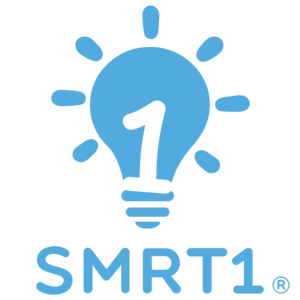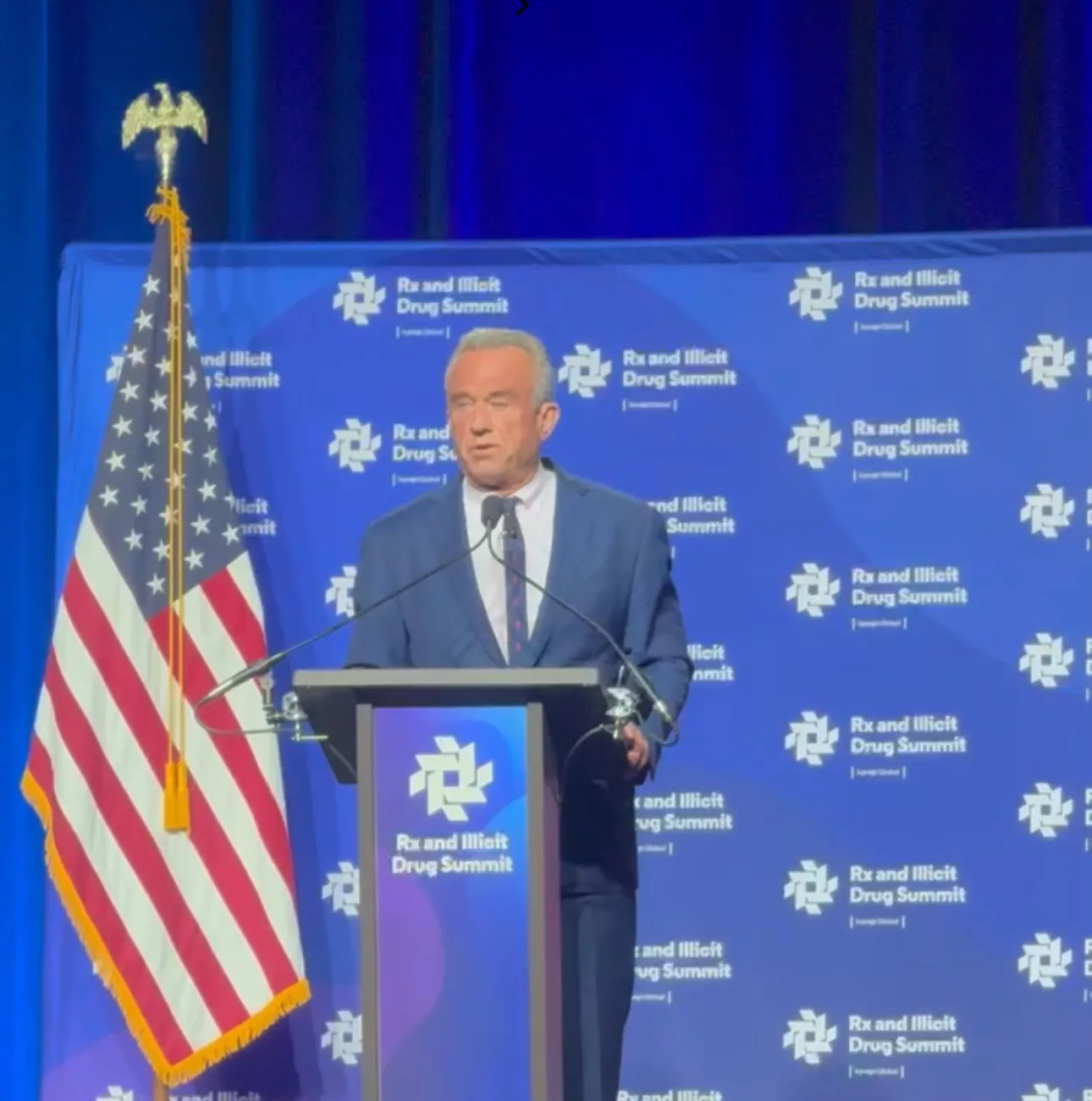The opioid crisis in the United States has claimed hundreds of thousands of lives over the past decade. While the worst years — fueled by fentanyl and COVID-19 disruption — pushed overdose deaths to historic highs, recent signs offer cautious hope. Provisional CDC data shows overdose deaths declining for the first time in years during 2023 and 2024.
Still, the road ahead remains challenging. A new wave of healthcare policy, led by President Trump and Health and Human Services Secretary Robert F. Kennedy Jr., is focusing on community-centered, data-driven strategies to rebuild America’s health. At the heart of this shift is a renewed commitment to transparency, compassion, and smarter interventions — including the innovative use of smart health vending machines like the SMRT1 CARE POD.
Opioid Overdose Deaths in America (2015–2024)
| Year | Overdose Deaths (All Drugs) |
|---|---|
| 2015 | ~52,000 |
| 2016 | ~63,600 |
| 2017 | ~70,200 |
| 2018 | ~67,400 |
| 2019 | ~70,600 |
| 2020 | ~92,000 |
| 2021 | ~107,000 |
| 2022 | ~106,600 |
| 2023 | ~105,500 (est.) |
| 2024 | ~101,000 (est.) |
After a devastating rise fueled by synthetic opioids and pandemic isolation, the U.S. is seeing small but meaningful progress. However, overdose deaths are still nearly double what they were a decade ago.
The Hardest-Hit States Today
In 2023–2024, these states continue to experience the highest opioid overdose mortality rates (deaths per 100,000 residents):
- West Virginia
- Kentucky
- Tennessee
- Pennsylvania
- Ohio
- New Mexico
- Maine
- Vermont
- Washington DC (highest non-state rate)
Both rural and urban areas are suffering — meaning flexible, local solutions are needed more than ever.
A Shift in Healthcare Strategy: Biden → Trump/RFK
The Biden administration expanded harm reduction efforts, notably supporting over-the-counter naloxone access and wider Medication-Assisted Treatment (MAT) availability. But critics noted limited data tracking and slow rollout to rural areas.
Under the Trump administration’s renewed “Make America Healthy Again” platform and RFK Jr.’s leadership at HHS, the focus has shifted toward:
-
Treating addiction as a disease of isolation and grief (not just a medical issue).
-
Community reentry success: Helping individuals transition safely from incarceration back into society.
-
Transparent, data-driven interventions: Funding tied to measurable outcomes, not just spending levels.
-
Innovation through technology: Bringing healthcare tools directly into neighborhoods.
Secretary RFK Jr. has emphasized:
“Healing requires connection, not bureaucracy. We must put tools for recovery in the hands of people where they are.”
Smart health vending perfectly fits this philosophy.
Vending Machines: From First Steps to Smarter Solutions
Traditional vending machines, like repurposed IDS models, have already saved lives.
Programs like:
-
Las Vegas (first naloxone vending, 2017)
-
New York City Bronx Pilot (100 kits in 24 hours, 2023)
-
Michigan County Jails (63% increase in naloxone uptake)
-
Clark County WA Jail Lobby (community access)
…show that even basic vending increases access to naloxone and harm reduction tools.
However, traditional vending models have critical limitations:
- No data collection to guide public health response.
- No on-screen education to train users.
- No real-time usage tracking to detect overdose hotspots.
- No connections to local treatment or support services.
The machines are passive. They save lives — but they don’t evolve or improve over time.
Enter SMRT1 CARE PODs: The Next Evolution
SMRT1 CARE SYSTEM is a modern, smart health vending systems equipped with:
- 4-foot interactive touchscreen
- Anonymous data collection (item pickups, time trends, education views)
- Built-in training videos (overdose response, Narcan use, fentanyl testing)
- Community health dashboards for public health officials
- Remote monitoring and updating (new alerts, warnings, services)
This means that every kit dispensed isn’t just a one-time act of harm reduction — it’s a chance to gather information, educate the public, and strengthen the entire community’s health response.
Plus, existing traditional machines (like IDS) can be easily upgraded with SMRT1 technology — no need to throw away past investments.
Real-World Proof: Where Smart and Traditional Vending Are Saving Lives
-
San Diego County Jails (2024) — First U.S. deployment of touchscreen SMART vending with SMRT1, supporting inmates and families at release.
-
Louisville, KY Metro Corrections (2023) — Interactive vending tied to fewer fatal overdoses post-release.
-
Michigan County Jail Study — Traditional vending increased naloxone access by 63.5%, but with limited feedback — pointing to the need for smarter, data-rich systems.
-
NYC and Las Vegas — Traditional vending validated the concept; now opportunities exist to evolve those machines into smarter platforms.
The Bigger Picture: Aligning with National Priorities
Smart health vending aligns with Trump/RFK policies on:
-
Community-driven solutions
-
Accountability and transparency
-
Saving lives through measurable success
-
Empowering individuals with dignity, privacy, and education
It’s no longer enough to hand out supplies blindly.
The future demands feedback, connection, and improvement — every interaction should teach, track, and heal.
Conclusion: Smarter Vending, Stronger Communities
There’s no wrong step in placing vending machines to fight overdoses.
Every naloxone kit matters.
Every vending machine saves lives.
But evolving to smart health vending ensures lasting success.
SMRT1 CARE PODs offer the opportunity to turn each distribution point into a beacon of education, empowerment, and community resilience.
Whether upgrading an existing IDS machine or launching a new site, the path forward is clear:
Smarter tools. Smarter care. Smarter health for America.
Visit https://www.smrt1.health/ for more information.

